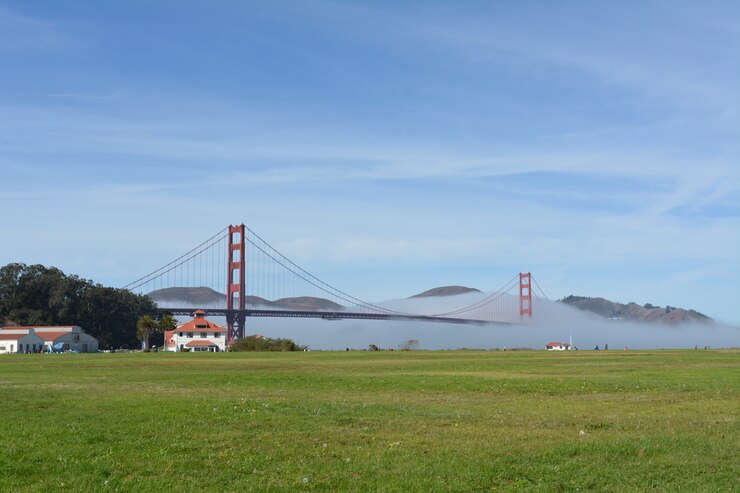233
Key Elements of Seattle Landscaping
Successful landscaping in Seattle blends practicality, sustainability, and aesthetic appeal. Here are some key elements that distinguish Seattle’s landscaping style:
- Native and Drought-Tolerant Plants:
Native plants are the backbone of Seattle landscaping. Plants like sword ferns, Oregon grape, red-flowering currant, and Western red cedar are not only beautiful but also adapted to Seattle’s climate. During dry summers, native plants require less water and maintenance, while in the rainy season, they thrive and help manage excess moisture. Additionally, drought-tolerant plants such as lavender, sedums, and ornamental grasses complement Seattle’s landscape, creating dynamic, low-maintenance gardens that support local biodiversity. - Rain Gardens:
Rain gardens are popular in Seattle for their ability to manage stormwater, reduce runoff, and prevent soil erosion. Designed with native plants that can tolerate both dry and wet conditions, rain gardens capture rainwater from rooftops, driveways, and patios, allowing it to seep into the ground. Rain gardens also help filter pollutants and add to the natural aesthetic, making them an essential feature in eco-conscious Seattle landscaping. - Edible Gardens and Urban Agriculture:
Seattleites have a strong interest in sustainable, self-sufficient living, and edible gardens reflect this passion. Raised beds, herb spirals, and fruit-bearing shrubs like blueberry bushes are frequently included in home gardens. Many Seattle residents grow vegetables, herbs, and fruit trees, taking advantage of the city’s fertile growing conditions. Community gardens and small-scale urban farms are also popular, contributing to food security and local sustainability. - Outdoor Living Spaces:
Given Seattle’s natural beauty and temperate climate, creating inviting outdoor living spaces is a popular landscaping trend. Features like decks, patios, fire pits, and outdoor kitchens allow residents to enjoy the outdoors comfortably throughout the year. Cozy seating, pergolas, and covered patios add protection from the rain and sun, extending the usability of these spaces. Seattle’s landscaping often includes lush plantings around these spaces for privacy and ambiance, providing a sense of connection to nature. - Sustainable Hardscaping:
Hardscaping features, like pathways, retaining walls, and patios, are often built with sustainable materials like permeable pavers, reclaimed stone, and locally sourced wood. Permeable surfaces allow rainwater to filter into the ground, reducing runoff and mimicking natural drainage. Stone pathways, gravel areas, and timber elements complement the rugged natural beauty of the Pacific Northwest, adding both functionality and charm. - Shade-Tolerant Landscaping:
Seattle’s overcast climate and shaded areas created by tall evergreens make shade gardening essential. Shade-loving plants, such as hostas, ferns, and hellebores, thrive in low-light conditions and add rich textures to the landscape. Designers also use reflective surfaces and strategically positioned lights to brighten shaded areas and highlight garden features, creating a welcoming atmosphere even on cloudy days.
